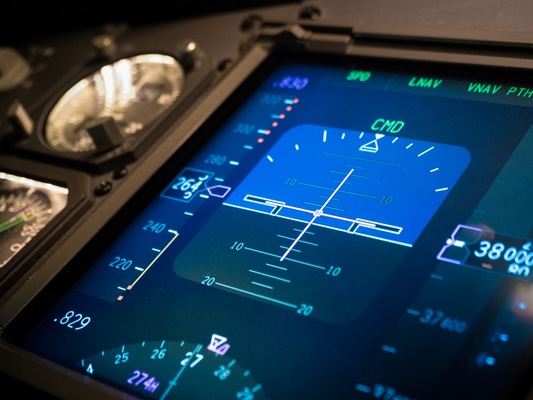
As avionic technology develops, so too does its counters. Anti-drone systems engineering and counter-drone strategies are advancing nearly as quickly, if not faster, than the development of drones themselves. Yet, the need for drones in the modern world is growing more and more with each passing day.
It’s a widely known fact that for most avionics to succeed, they have to rely on GPS/INS technology to properly navigate any space remotely. With GPS spoofers and jammers becoming more prevalent, you need GPS and INS (inertial navigation systems) solutions that can make your avionics viable.
GPS has been a staple of civilian life ever since it was introduced to the public in the early 1980s. Since then, GPS has become acutely advanced, carrying some of the most incredible technologies across the world with ease. In the case of avionics systems engineering, GPS is essential.
Remote craft can rely on GPS to navigate most spaces remotely by connecting with orbiting satellites to calculate position and time while on the move. However, GPS is not always a reliable resource. Natural terrain, man-made structures, and even landscaping can interfere with the connection.
Worse still, there are several GPS spoofing and jamming devices that can be used to disrupt a remote craft’s GPS connection. Without that connection, it is much more likely that a drone will fail to reach its destination or fail to return.
GPS outages can last for as little as a few seconds or as long as 30 minutes or more. In that time, if your avionics don’t have backup systems like INS, you’re essentially flying blind.
When GPS fails, most remote craft can turn to their inertial navigation systems to guide them along. INS are designed to use sensors in combination with the craft’s last known location to calculate and track its current location. While INS can be an incredible solution in GPS-denied zones, INS tools aren’t without their disadvantages.
INS tend to require more power than GPS receivers. They also tend to be bulkier overall. Over time, the more a drone relies on its inertial navigation systems, the more likely it is to experience navigation errors.
When navigating a GPS-denied zone, accuracy is crucial and so you need to make absolutely sure your navigation systems are protected. Otherwise, the mission could be compromised and your avionics could be dead in the water.
If your avionics aren’t equipped with INS at all, they’ll have to rely on other, incredibly dangerous methods of navigation. During a GPS outage, INS gives your avionics the best chance at success while keeping risks to a minimum.
Don’t let your avionics fall victim to anti-drone technologies that will disrupt GPS or interfere with INS. Invest in GPS/INS solutions that will protect your avionics, even in worst-case scenarios. This is especially crucial in areas of extreme political tension, where GPS is unreliable at best. With the proper GPS/INS solutions in place, you can rely on your avionics even in unpredictable circumstances.